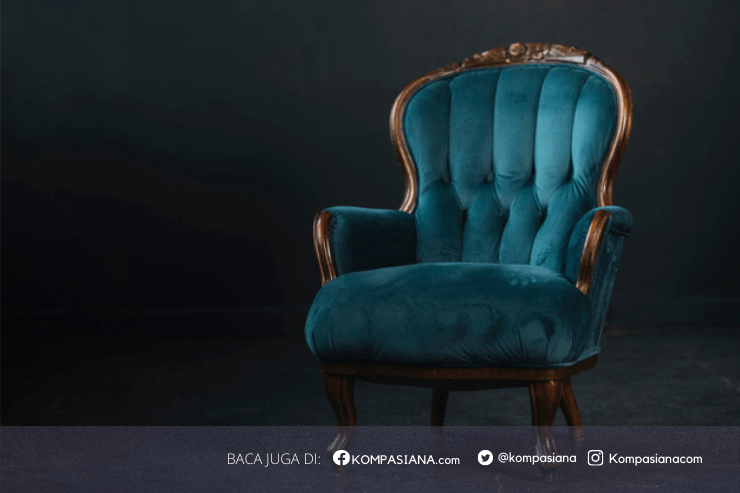The martial law crisis in South Korea was a complex and multifaceted issue, reflecting the country's tumultuous
history and the ongoing struggle for political power and control. While the government's actions were aimed at
maintaining stability and control, they ultimately failed to quell the growing demands for democracy and reform,
leading to a fundamental shift in the country's political landscape.
The imposition of martial law in South Korea also had significant implications for the country's international
relations. The crisis and the government's response to it drew international attention and criticism, with the United
States and other allies pressing for a return to democratic rule (Larsen, 1961).
Ultimately, the martial law crisis in South Korea was a pivotal moment in the country's history, marking a significant departure from its democratic aspirations and a return to authoritarian rule. However, the resilience and determination of the Korean people, coupled with the pressure from the international community, ultimately led to the downfall of the authoritarian regime and the establishment of a more democratic system of government.
The South Korean government's decision to impose martial law in the 1980s was a controversial and divisive move that had far-reaching consequences for the country's political and social landscape. The crisis highlighted the tension between the government's desire for stability and control and the people's aspirations for greater political freedoms and representation.
While the government sought to maintain its grip on power, the people of South Korea continued to resist and agitate for democratic reform. The Kwangju Uprising, in particular, was a powerful symbol of the people's resistance to authoritarian rule and their desire for democratic change. ("Introduction," 2017)
The international community, including the United States, also played a significant role in shaping the outcome of the crisis, pressing the South Korean government to lift the martial law and restore democratic rule. (Larsen, 1961)
References
Im, T., Campbell, J. W., & Cha, S. (2013). REVISITING CONFUCIAN BUREAUCRACY: ROOTS OF THE KOREAN GOVERNMENT'S CULTURE AND COMPETITIVENESS. In T. Im, J. W. Campbell, & S. Cha, Public Administration and Development (Vol. 33, Issue 4, p. 286). Wiley. https://doi.org/10.1002/pad.1656
Introduction. (2017). In University of Hawaii Press eBooks. University of Hawaii Press. https://doi.org/10.1515/9780824863302-003
Laquian, A. A. (1975). Martial Law in the Philippines to Date. In A. A. Laquian, Philippine Political Science Journal (Vol. 2, Issue 2, p. 17). Taylor & Francis. https://doi.org/10.1080/01154451.1975.9753908
Larsen, W. F. (1961). Government Administration in the Republic of Korea. In W. F. Larsen, International Review of Administrative Sciences (Vol. 27, Issue 3, p. 311). SAGE Publishing. https://doi.org/10.1177/002085236102700308
Lovell, J., Sok, M. H., & Lee, Y. H. (1970). Recruitment Patterns in the Republic of Korea Military Establishment. In J. Lovell, M. H. Sok, & Y. H. Lee, Journal of Comparative Administration (Vol. 1, Issue 4, p. 428). SAGE Publishing. https://doi.org/10.1177/009539977000100403
Padelford, N. J. (1951). The United Nations and Korea: A Political Rsum. In N. J. Padelford, International Organization (Vol. 5, Issue 4, p. 685). University of Cambridge. https://doi.org/10.1017/s0020818300015745







